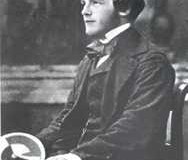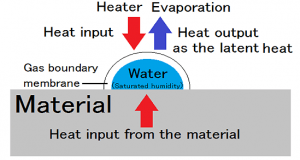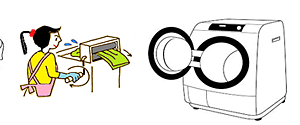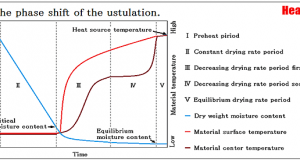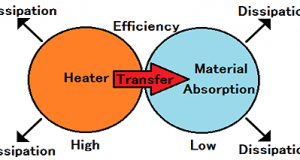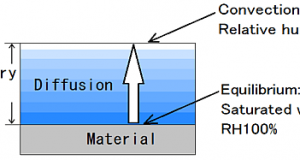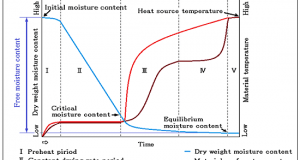The 0th law of thermodynamics—Law of heat balances James Clerk Maxwell FRS FRSE (13 June 1831 – 5 November 1879) Scottish mathematical physicist. If the objects A and B, B and C are thermal balances, A and C are also ...
Read More »3-8.Three types of drying 3.Drying of the paint film and Membrane
To say that “drying”, there is a dry work of three types. They are dryness of surface water of adhesion, dryness of a coat, and internal dryness of material. Since internal dryness has been explained until now, describes the drying ...
Read More »3-7.Three types of drying 2.Drying of the surface attached water
Even if it tells “dryness” to a mouthful, there are three kinds of dry work. They are dryness of surface water of adhesion, dryness of the coating film, and internal dryness of material. Since the preceding sections has explained the ...
Read More »3-6.Importance of dehydration
Energy for evaporating the water 1kg of 20 ℃ is 2454kJ. 1kW/h is 3600kJ so…. 2454kJ is the working time and energy consumption of the same amount running 40 minutes of 1kW motor. Or, the halogen heater 5kw 85% efficiency ...
Read More »3-5.Balance of the process
When dry quickly at high speed wet material, deviation of the moisture content and temperature of the material inside will increase. As a result, the critical moisture content is increased, it may cause cracks. When it comes to the state ...
Read More »3-4.Five patterns of the drying curve
As for the Drying characteristic curve of the Decreasing drying rate period, five patterns appear with the characteristic of material. The type of material The composition of material The shape of material The possession state of water A-Type A-type is ...
Read More »3-3.Heat balance equation of the drying
The heat balance is the sum of 4 types heat、which is entering heat, exiting heat, generation of heat, and endothermic. By the law of conservation of energy, the quantity of these (Quantity of heat change of the system) = (Quantity ...
Read More »3-2.Evaporation of water
In order to move water vapor becomes water evaporates, the water vapor pressure difference is required between the air and the convection layer and the surface of the material. Water vapor of the material surface so that the saturated pressure ...
Read More »3-1.Heat transfer and Mass transfer
In the classification of thermodynamics, a dry process is a “The open system.” Dryness is “evaporating and separating a liquid from a solid.” Heat and pressure are operated, water is evaporated and it moves. The height of heat is the ...
Read More » HEAT-TECH Best Technology Online Shop
HEAT-TECH Best Technology Online Shop 
